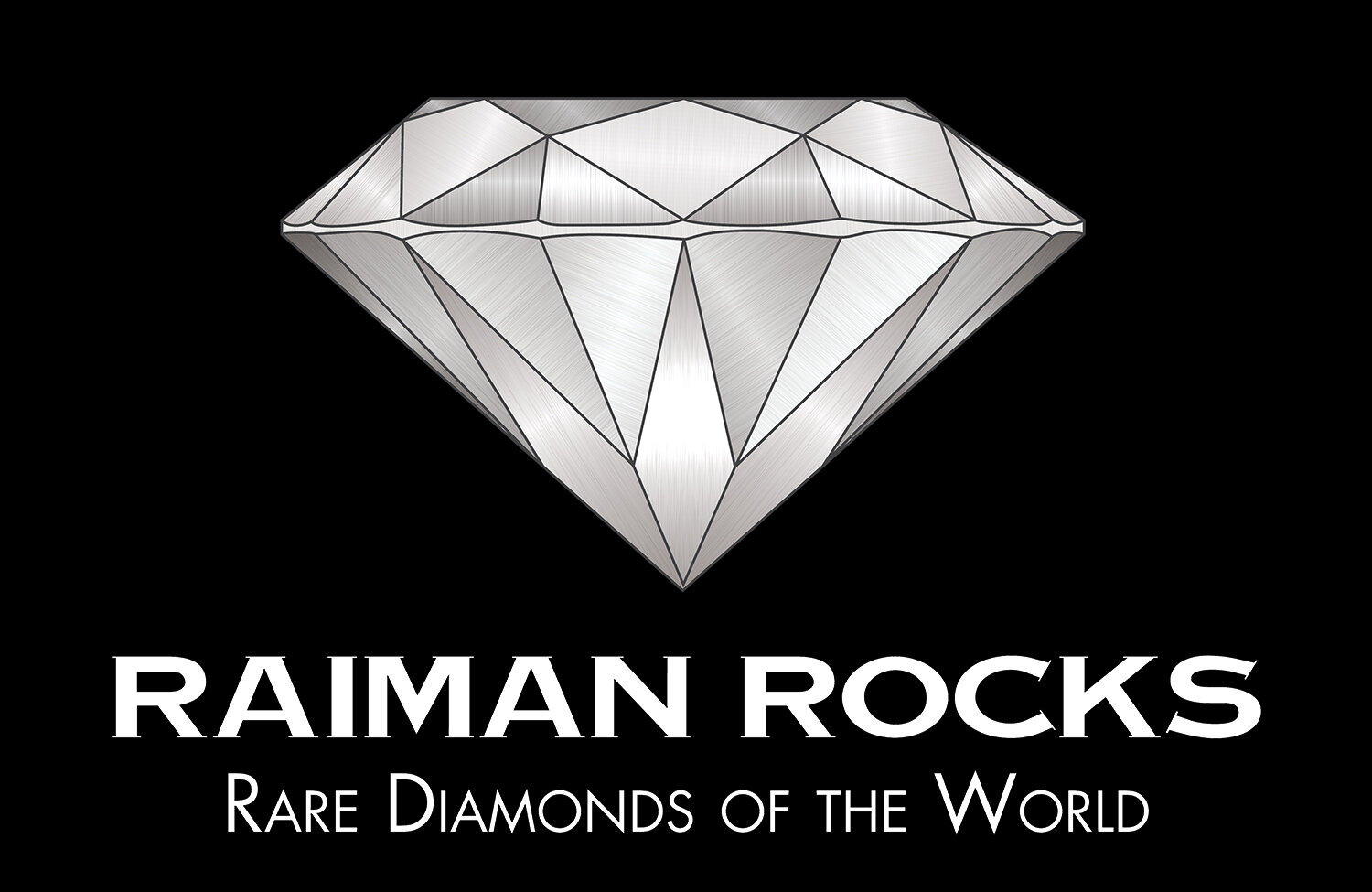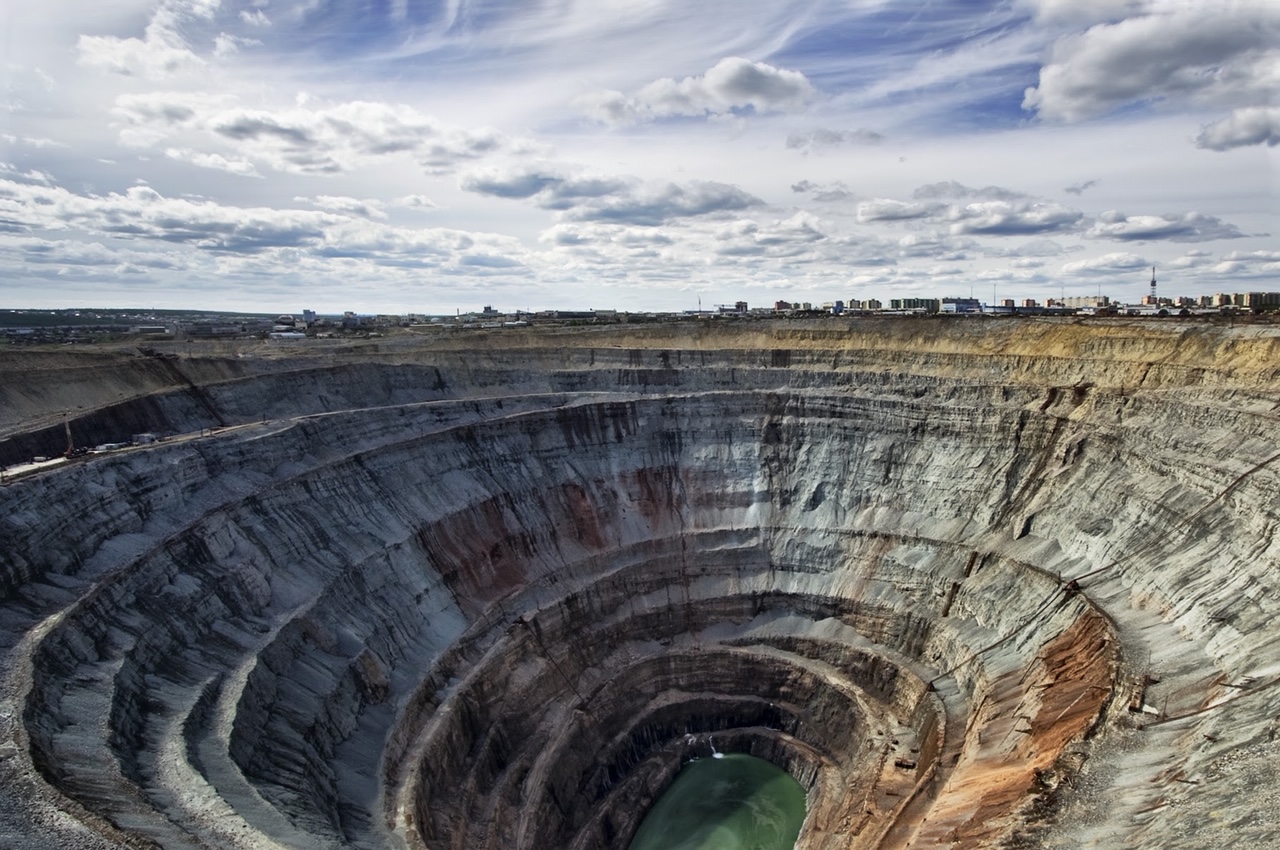How Diamonds Are Mined?
THE MINING PROCESSES
Before any mining can take place, prospectors need to find the diamond sources first.
When the pipes have been located and a profitable diamond deposit confirmed, huge amounts of soil are extracted. A few hundred tons of ore might need to be sieved just to produce a single carat of gem-quality rough diamond. The diamond roughs are then sorted into categories, sold, cut and polished before being commercialized.
OPEN- PIT MINING
Loosening and hauling the contents from an open pit is the most commonly used method for the extraction of diamond-rich material.
UNDERGROUND MINING
When open pit mining becomes too expensive, an intricate underground tunneling system is created in the rock and into the kimberlite deposit under an open mine.
ALLUVIAL DIAMOND MINING
Rivers and streams can transport rough diamonds as far out as the ocean. Alluvial mining is a process by which the water is diverted away from the mining site. Once the water is emptied out and prevented from flowing into the area of interest, bulldozers can then be used to investigate and exploit the area.
Another form of alluvial mining, called artisanal mining, involves the screening and straining of mud. This extraction process involves a lot of manual labor and low-tech equipment, so it generally takes a lot longer.
PROCESSING
Diamondiferous material is hauled to the modular processing plant in massive loaders and dump trucks.
CRUSHING AND MILLING
The first step is to separate the diamonds from all other material. A large crushing machine carefully smashes the ore, releasing the crystals.
WASHING, SCREENING AND SEPARATING
Next, the material is washed to allow further separation of finer diamonds from the mined ore.
THE GREASE BELT
Diamonds, unlike other materials, are non-wettable, giving them the ability to stick to grease. The three- foot wide grease belt transports thin layers of soaked diamondiferous material, revealing the raw crystals as they move.
PLANNING
The rough diamond is scanned and analyzed to help manufacturers decide how best to cut the stone. A 3D computer image is created of the rough diamond, allowing manufacturers to maximize their investment and sell it for the best price.
CLEAVING / SAWING
The process of separating a piece of diamond rough into pieces to be finished as separate gems is called cleaving. Usually a diamond saw or a laser is used to cut through the rough.
BRUTING
After a diamond has been split, a process called bruting makes the rough pieces of stone round. This process is also called girdling. Two diamonds are places on an axle, spinning in opposite directions, and grinding against each other to create a rough finish.
CUTTING
During the cutting phase, a rough diamond is transformed into a faceted gem using specialized tools, and equipment. When deciding how best to cut a diamond, many factors must be taken into account. Weight retention is one of the most important as the value increases exponentially as a diamond’s weight increases.
BLOCKING
Eight pavilion mains, eight crowns, one culet and one table facet are created on a cut stone. These act as a template for the brillianteer.
BRILLIANTEERING
The remaining facets are added, bringing the total number to 57. The brillianteer is the diamond cutter who adds the fire and brilliance to each gem in these final stages. The process of blocking and brillianteering is known as polishing.
INSPECTION
The final part of the process; a cut and polished diamond is cleaned in acid and examined to ensure it meets the standards of the manufacturer.

